|
This post includes paid links. As Amazon associates, we may earn from qualifying purchases. RVing comes in many forms: class A or C motorhomes, class B campervans, schoolies, travel trailers, and fifth wheels. When converting to full-time RV living, we opted for a fifth wheel so that we’d have only one engine to maintain: that of our Dodge Ram 3500 dually, Gulliver. Five years later, we’re still thrilled with our decision. In five travel seasons, we’ve found six items to be essentials for fifth-wheel towing. 1. Tire Pressure Monitoring System The most important item for our success on the road is undoubtedly a tire pressure monitoring system (TPMS). We use the EezTire TPMS. It’s more than paid for itself by saving our coach from major damage, especially the year we had four flat tires. If a trailer tire blows out without a TPMS, it can destroy itself and part of the rig before the driver is even aware. Our 42-foot, 17,000-pound fifth wheel, named Tagalong, originally came with E-rated tires, which were at the far edge of that weight limit. Before traveling to Alaska, we upgraded to G-rated tires and haven’t encountered any flats since. We continue to use our TPMS for peace of mind. 2. Curt Fifth-Wheel Hitch Since we live in our fifth wheel full time, we wanted a hitch that would provide as smooth of a ride as possible for our home and its contents. The Curt 16047 Q24 fifth-wheel hitch fits that bill. It pivots and moves during travel to act as kind of a shock absorber for our trailer. Operation of the pull-handle hitch is easy. It features green, yellow, and red indicators when coupling to let us know if the trailer is correctly connected or not. We also got a Curt fifth-wheel hitch lube plate to keep the hitch operating well without a greasy mess. 3. Transmission Pan Upgrade Because we tow a heavy load, our truck’s transmission works over time. A hotter transmission means a shorter transmission life, so the cooler we can keep it, the better. Bob removed the stock transmission pan and installed an after-market pan that’s deeper, has a greater capacity, and includes cooling fins. It holds three to four more quarts of fluid than the factory-installed one. The additional fluid takes longer to heat, which means our transmission doesn’t get as hot as it would otherwise. 4. RV Bottle Jack Lifting our heavy rig can be a scary endeavor. Ensuring our safety is paramount. The year we had four flat tires, we quickly learned how inferior our original bottle jack was. We upgraded to the Safe Jack 6-ton RV bottle jack and feel much safer every time we use it. The jack is designed for RVs weighing up to 24,000 pounds and includes stackable jack extensions with a range of 8 to 36 inches for just the right fit. 5. Grease Gun Carrying a grease gun can be a messy endeavor. That’s a risk we’re willing to take to ensure our fifth wheel hitch, wheel bearings, and suspension stay lubed and working properly. We have a lot riding on these things, so we want them to operate optimally. Without keeping the zerk fittings on these items greased, we could end up with metal-on-metal grinding, which would drastically reduce their life and limit our livelihood. 6. Breaker Bar and Torque Wrench Proper torque is vital to keeping any tire on a vehicle. It’s crucial when towing 18,000 pounds. Torque that’s too loose can provide opportunity for lug nuts to back off a tire over time. Over-tightened torque can stretch the lugs. We carry a torque wrench with us to ensure correct tightness of the lug nuts on both our truck and trailer. We also tote a breaker bar. As its name implies, a breaker bar is designed to break heavy torque when needed, such as on the lug nuts of a fifth wheel so we can remove a tire. In addition to those items, we’re thankful for some nonessentials that are nice to have, including:
You might also like Our Favorite Phone Apps for RVing.
2 Comments
When we began our full-time RV lifestyle in 2020, we had a drive to Alaska in our sights. I’ve always wanted to experience the Alaska Highway. Since we needed to visit family in some other areas of the country first, we decided 2023 would be the year for our great Alaska adventure. Getting ready for a 1,387-mile journey through barren wilderness where wildlife roam freely, vehicles pass by rarely, and road conditions can leave a bit to be desired is no easy feat. We started plotting and planning early on, watching YouTube videos, listing items we’d need, and accumulating them over time. After three years of RV living, we certainly feel more prepared than we would have if we attempted to make the journey when first starting out. We’re glad we talked to others who successfully made the trip and eagerly shared tips and tricks. Here are the things we picked up in anticipation of what lies ahead in the Last Frontier. Vehicle Upgrades The first thing we did was add shocks to the trailer to help with the frost heaves and potholes that are common on the road to the 49th state. To ensure we could travel long stretches where fuel might be scarce, we upgraded our 32-gallon diesel fuel tank to a 55-gallon tank. Since wildlife are known to approach and cross roads in Canada and Alaska, they posed a risk to our vehicle. To give us the best chance at escaping an accidental run-in with an animal, we replaced Gulliver’s front bumper with a beefy grille guard. Tires often take a beating on the rough roads to and around Alaska. Knowing that, we purchased five new tires for Tagalong. We didn’t just get new tires, though. After four flat tires in one year, we upgraded from E-rated to G-rated tires, which are better equipped to handle our heavy load. We also got six new tires for Gulliver. (Can you say cha-ching?) Bob finally got to reclaim his pride from the mishap on the first leg of our initial RV journey. We replaced the broken fender skirt held together with duct tape. When we realized the opposite side’s fender skirt screw holes had become brittle, we replaced it too. When our BAKFlip tonneau cover for the bed of the truck broke at a seam, Bob jerry-rigged a temporary fix with ratchet straps and screws. That did the job and kept snow, rain, and dirt out until we could replace it. It’s nice to have a new one without dents or hail damage that works the way it’s supposed to. Personal-Use Items We invested in Starlink internet, which works anywhere on the continent that the dish can see the northern sky, as the technology is based on low-orbit satellites. Alaska got Starlink service at the beginning of 2023 — great timing for us. To give ourselves the best chance at a successful journey, we lightened our load, storing our handguns (not allowed in Canada), Davy Crockett pellet smoker/grill, lounge chairs, and various other items we could do without for a year. We also sold our little electric bikes, giving us more space in the back of our truck cab, where we used to stow them for travel. Alaskans joke that the mosquito is the state bird. We’re told the nagging insects are big enough to see there. We bought mosquito zapper racquets and face netting to protect ourselves from bites. We also secured some bear spray, which is highly recommended to have while traveling through Canada. We’ll be in some pretty remote areas where the animals can be common. The spray is essentially tear gas for bears. Knowing items tend to cost more in Canada and Alaska than they do in the lower 48, we stocked up on some grocery staples and standards we like to have on hand. In addition, we bought a jug of diesel exhaust fluid, a necessity to keep Gulliver trucking along. It may not be available at fuel pumps in Canada and Alaska like it is in the contiguous United States. And we picked up a copy of The Milepost Alaska Travel Planner, which details pertinent information about what’s available and where along the Alaska Highway. (Thanks, Richard and Janet!) Let the Alaska adventure begin! You might also like What an RV Travel Day Is Like. Like many trades and industries, the RV industry has its own lingo. You may have come across a term and wondered what it meant. Here, we explain some of the common vernacular of the lifestyle, as well as some of our own terms.
awning - a vinyl sun shade that connects to the side of an RV and extends manually or electrically black water tank - a temporary holding tank for toilet water basement - storage under an RV’s flooring that’s accessible from the outside boondocking - camping off the grid; no electric, water, or sewer hookups class A motorhome - a big-rig, bus type of RV class B motorhome - a camper van class C motorhome - a drivable RV that has a bed over the top of the cab; smaller than a class A motorhome dually - a truck that has four tires on a single rear axle dump station - a location where it’s safe to empty RV tanks; it may or may not have potable water fifth wheel - an engineless RV that connects via a kingpin or gooseneck in the bed of a pickup truck fiver - another name for a fifth wheel RV freshwater tank - a temporary holding tank for potable water full hookups - electric, water, and sewer connections glamping - glamorous camping; can be in a cabin or in a big-rig RV gray water tank - a temporary holding tank for shower and sink wastewater Gulliver - our 2018 Dodge Ram 3500 dually with a Cummins 6.7-liter diesel engine loft - an elevated interior space; it’s often above another room and may contain sleeping space moochdocking - staying on the property of friends or family and using (“mooching”) their amenities, such as electric, water, and/or laundry motorhome - a drivable RV residential refrigerator - an RV refrigerator that runs on normal, 120-volt, household AC electricity RV - recreational vehicle shore power - RV electricity from the electric grid slideout - expandable section of an RV that slides out on rails when stationary to increase living space sticks and bricks - a traditional, stationary house stinky slinky - the flexible hose used to dump RV wastewater tanks Tagalong - our 2018 Jayco Pinnacle 37MDQS fifth wheel with four slides; it measures 42 feet long and 13 feet, 3 inches tall three-way refrigerator - an RV refrigerator that can run on propane, 120-volt household AC electricity, or 12-volt DC battery power toad - the vehicle towed behind a motorhome toy hauler - a travel trailer or fifth wheel that has an opening ramp in the back to haul an ATV, motorcycle, or golf cart travel trailer - an engineless RV that connects to a ball hitch off the bumper of a vehicle two-way refrigerator - an RV refrigerator that can run on propane or 120-volt household AC electricity weekend warrior - an RVer who takes their rig out on the weekends rather than living in it full time When veteran RVers were asked what advice they’d give newbies, their No. 1 tip was to avoid buying new, according to RVtravel.com. The reasons why included the need to experiment with RVing and to learn how RV systems work by repairing them. Those are certainly good motivations, but they’re not the only ones, or even the most important. Let’s look at four benefits of buying a used RV. 1. Significant Cost Savings Purchasing a gently used RV or an older one you want to refurbish can be much more affordable. We bought our used 2018 Jayco Pinnacle fifth wheel for $55,000 in 2019, nearly half the $100,317 listing price when the RV came off the production line a year earlier. That’s a huge savings. That left money in our budget to obtain items that would help make our new RV our home. Transitioning from a sticks-and-bricks house to a home on wheels requires a lot of changes, including acquiring supplies to set it up the way you want. 2. Warranties Can Still Apply We bought our rig from a small dealer whose owner found RVs in decent shape, purchased them, and fixed them up for resale. Although small, the dealer offered us a few warranty options, despite the unit being used. A warranty would have covered anything major, such as our Lippert leveling system, the water heater, air conditioning units, slideout mechanisms, wastewater tanks and valves, indoor appliances, etc. Planning to travel and not stay local, we didn’t find the warranty practical for our needs. To address any issues covered by the warranty would have required us to return to the dealer we purchased from. That would have meant if we encountered an issue while in the East, we’d have to jury-rig a fix until we could get back to the dealer in Arizona to get warranty-covered repairs. We’ve had to take care of a few issues on our own but thankfully haven’t experienced any major problems. That’s another benefit of buying used: Any serious concerns should have already been found and addressed. 3. Fun in Learning We knew the microwave in our rig could be used as a convection oven, but we had no idea how a convection oven works. Once we learned that a convection oven is similar to an air fryer, we decided we needed to investigate further. After three years on the road, we finally consulted the microwave owner’s manual and made our first recipe in the convection oven: nice crispy chicken wings. Where was this feature all our lives? 4. Hidden Treasures Buying our rig from a nontraditional Jayco seller meant a condensed walkthrough before taking ownership. That may sound like a shortcoming, but you can’t really expect someone not specialized in a certain RV dealer to know the intricacies of each make and model. We continually learn new things about our coach. For example, we discovered we have an automatic, toe-kick dust pan as part of the central vac system. We can sweep floor debris to the front of the auto dust pan, flip it open with our toes to activate it, and it sucks in the contents. We didn’t know how that worked until some fellow RVer friends showed us theirs in action. We also found out we have two gray wastewater tanks. Before purchasing our fifth wheel, we had owned a travel trailer that had a single gray tank and a single black tank. Naturally, we assumed our fifth wheel had the same. After all, we only saw a release valve for one of each in our control compartment.
It turns out that’s because the release lever for the other gray tank is located elsewhere, under the kitchen slideout. Who knew? We didn’t realize that until we hired a mobile RV repair tech to assess a tank issue we were experiencing. It takes a village to help us be successful full-time RVers. We’re thankful for all the useful tips we receive along the way and hope we can pay it forward and impart some wisdom to others. Meanwhile, the treasure hunt continues. You might also like The Key to RV Success. Equipping a rig to be a permanent or even part-time home takes some doing. You want to get the things you’ll need and use while avoiding luxury items that will just take up space and not get used. We’ve made our fair share of both types of purchases. And, in the process, we’ve learned some key items make life on the road that much better. In addition to these six must-have RV gadgets, here’s a countdown of our top 12 RV-related purchases. Please note: As an Amazon associate, we may earn from qualifying purchases. 12. Long-Handled Cleaning Brush Since our trailer stands 13 feet, 3 inches tall, cleaning bugs off the front can be a challenging endeavor. But the DocaPole 5-12 Foot Scrub Brush Extension Pole simplifies the job. Just as the title describes, the pole can span any distance between 5 and 12 feet to make it easy to reach the lower and higher portions of the trailer. We also bought the pruning saw attachment, for those instances when we need to move low-hanging branches out of our way, and the squeegee attachment to help us clean the windows. 11. Kitchen Sink Strainers  We didn’t know we needed these, but we quickly learned to appreciate their importance. The Fengbao 2-piece Kitchen Sink Strainer saves our gray tank from filling with food particles that cause odors. The tight stainless steel mesh even keeps coffee grounds from going down the drain. 10. Dish Organizer The Camco Stack-a-Plate has come in quite handy. The two sizes keep our dinner and dessert plates safe and secure during travel. And, our bowls fit right on top of the dessert plates and stay just as safe. We never have to worry about our dishes breaking between destinations. 9. Fridge Fan  The battery-powered Camco Fridge Airator keeps air circulating in our RV fridge to keep food cool. This is especially helpful when we find ourselves in warm weather. As long as we remember to check the battery power, we’re in good shape. 8. Cabinet Shelves Our pantry cabinet includes three levels of 23-inch deep storage area. Rather than wasting a lot of space, we purchased some mDesign metal storage shelves that allow us to better organize our canned and dry goods. We put one shelf in the back of each level and two shelves on the bottom level. Then we added mDesign plastic storage bins on the lowest level to store our spices. 7. Cellphone Booster  Since we need reliable internet everywhere we go in order for me to work, we purchased a weBoost Drive X RV Cell Phone Signal Booster and have been very pleased with it. When we find internet service is a bit spotty, Bob climbs the ladder at the rear of our trailer and attaches the directional antenna to it, and that usually fixes the issue. 6. Cast Iron Skillet We use our Lodge Pre-Seasoned Cast Iron Skillet with a heat-resistant holder every day and love it. And, because we employ the Alton Brown cast iron cleaning method with oil and salt, we save water in the process. 5. Electric Bikes Our Ancheer Folding Electric Bikes are one of our favorite purchases. We got them with the intent of having a vehicle to explore tough-to-get-into spots before getting our rig stuck in a precarious situation. They’re great for zipping around a campground or RV park, and they fold up nice and compact to fit in the back of the cab of our truck for transport. 4. Solar Panels For those times when we don’t have electric hookups, our four Renogy 160-watt solar panels come in quite handy to charge our batteries and provide the electricity we need for everyday living. This includes running our TV, computers, lights, chargers, etc. — but not our microwave. 3. Portable, Rechargeable Fan  This little OPOLAR 8-inch, four-speed fan is a powerhouse and has made a huge difference in the trailer, especially on warm nights with no hookups. Its compact size makes it extremely portable, and its clamp makes it adaptable to almost any situation. When it runs out of power, we just plug it in to charge it. Depending on the speed used, a full charge can last all night. 2. RV Backup Camera We’ve come to rely on our Furrion Vision Wireless RV Backup Camera maybe more than we should. Because our truck/trailer combo stretches roughly 65 feet, we mainly use this camera to tell when it’s safe to move in front of another vehicle when changing lanes. It’s helpful for backing up the trailer too. We also purchased two side cameras, but we hardly use those at all. 1. Lithium Iron Batteries Our two Renogy 12-volt lithium iron batteries were by far our best buy. Most RVs come with lead acid batteries, which need to be charged after expending 50% of the stored energy. Lithium iron batteries, on the other hand, can be run down empty before needing to be recharged, giving you much more energy at half the size and weight of lead acid batteries.
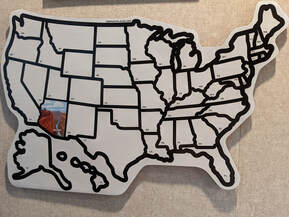 We’ve been living in our fifth wheel in a mobile home/RV park in Apache Junction, Arizona, since early April. It’s been a nice transition for us to get used to our new home, which we love, and learn where we hid things we need. We’ve been getting organized and actually found more things we could part with, which resulted in a few more trips to Goodwill to drop off donations. We hung some pictures to make our place feel more homey. Command Strips come in quite handy for RV living — and they’re available in a number of styles and uses. We found ones to hang a shower squeegee, a towel, our PlayStation controller, our TV remote control, our kitchen scrubbies, belts, and more. Prepping the Exterior The outside still needed some attention too. Bob found homes for our belongings that go in what we call “the cellar,” the wall-to-wall storage area in the front of the RV underneath the bedroom. He wired the solar panels and got them working (they’re loving the hot Arizona sun) and even installed circuit breakers so we can shut them off if needed. We measured the height of our rig so we can be sure to steer clear of any low bridges. We also got a truckers’ phone app, Co-Pilot, in which we enter our vehicle height, and the app routes us to avoid low-clearance obstacles. Although our June transatlantic cruise was canceled, we still got a cruising sensation every time one of us walked around the rig. So, we decided to buy and install a kingpin stabilizer. True to its name, it helped stabilize the trailer and also added a level of security, as it prevents anyone from stealing our home. (They’d really have to know what they were doing to steal the rig anyway.) We gave Gulliver a much-needed bath. We also gave him a hood protector, which will prevent dings from rocks, potentially deflect some bugs, and make him look really cool. What’s Left? Our U.S. map is hung and ready to be filled with the states we visit. Although we’ve both been to the majority of the states already, we’ll only fill in the map with states Gulliver takes us to. There’s not much left to do before we’re ready to truly hit the road and leave the heat — at least until November. We plan to be back in the Valley of the Sun November through February so Bob can help with annual heavy maintenance on the B-25 WWII bomber at the Commemorative Air Force. We also plan to attend ground school there to be able to tour with the Maid in the Shade next summer like in years past. For the first stop of our journey, we plan to head to Northern Arizona, gradually working our way to Eugene, Oregon, to visit our firstborn and deliver some things to him. We plan to arrive in Massachusetts, where Bob’s from, Aug. 1. We’re looking forward to our cross-country trip. Cooler temperatures, here we come. In a matter of four days, Bob retired from his state job, we closed the sale of our house, and we sold our car. And then I got laid off from my full-time remote job. That’s a lot to swallow all at once, but hey, we love adventure. So bring it on. Adventure is exactly what we signed up for. Somewhere along the way, as our five kids grew and matured and left the nest, we came up with a dream of living full time in an RV and traveling the country. After all, travel is what brought us together in the first place. We both toured in 1987 with a nondenominational Christian group called the Continental Singers & Orchestra and met at light technician rehearsal camp. Bob’s tour explored most of America that summer while my tour visited all of the Southern states and Bermuda. More than 30 years and many other travels later, we’re gearing up to hit the road again — only this time we’re taking our home with us and traveling in the comfort of a Dodge Ram 3500 dually crew-cab truck (aka Gulliver) instead of a Greyhound-type bus. Transitioning to Tiny Home Living Gulliver will be leading the way to many adventures to come, towing our Jayco Pinnacle 37MDQS fifth wheel (see Figure 1). We moved into the RV nearly four weeks ago, a feat that took careful planning, considerable time, and intentional effort. Figure 1. The four slide-outs in our 2018 Jayco Pinnacle 37MDQS make for comfortable living space, with a living room area, kitchen with an island, separate office, single bedroom, and a bathroom. Source: Jayco
Downsizing from an 1,800-square-foot house to a living space nearly a third of that size required many trips to Goodwill to drop off donations, a visit to the Household Hazardous Materials facility, bugging our kids with pictures and, “Do you want this?” and an appointment for the “Junk Guys” to haul things away. Just how big is a roughly 600-square-foot RV? Our rig is nearly 42 feet long, 8.5 feet wide when closed (about 15 feet wide with all four slide-outs open), and 13.3 feet high. Yep, it’s about the size of a semi truck. We took an RV driving class so we’d be comfortable maneuvering the rig, and it helped immensely. We highly recommend it. We wanted a rig with an office in it so I could close the door at the end of the workday and be home. It was working great when I had my job. I didn’t even think about work once I closed that door. The Next Stage With the house and car sold, and more time on our hands, we’re getting the trailer ready for life on the road. We’re trying to stuff things we kept anywhere we can fit them in the RV. The tricky thing is they have to have a place not only when we’re stationary, but also when we travel. Bob installed solar panels and converted two Honda generators to propane so we can live off the grid, or boondock (read camp for free), and still have the power we need. We ordered a number of things to help get the trailer just the way we want it. I’m on the hunt for a new editing job. And things are falling into place. Stay tuned. The adventure has only just begun. |
AuthorThis is the travel blog of full-time RVers Bob and Lana Gates and our truck, Gulliver, and fifth wheel, Tagalong. Categories
All
Archives
July 2024
|
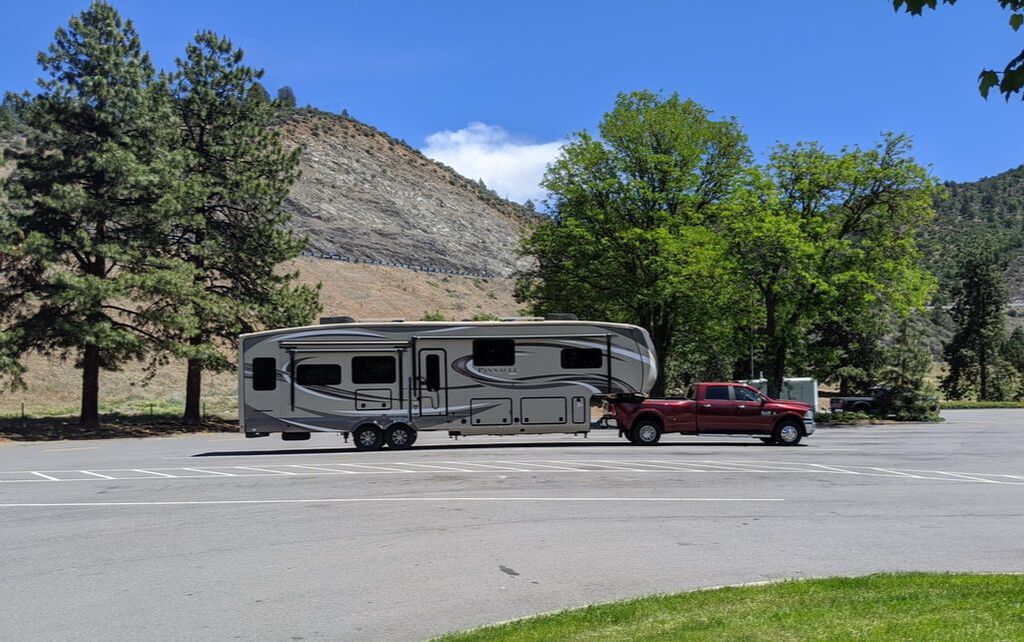
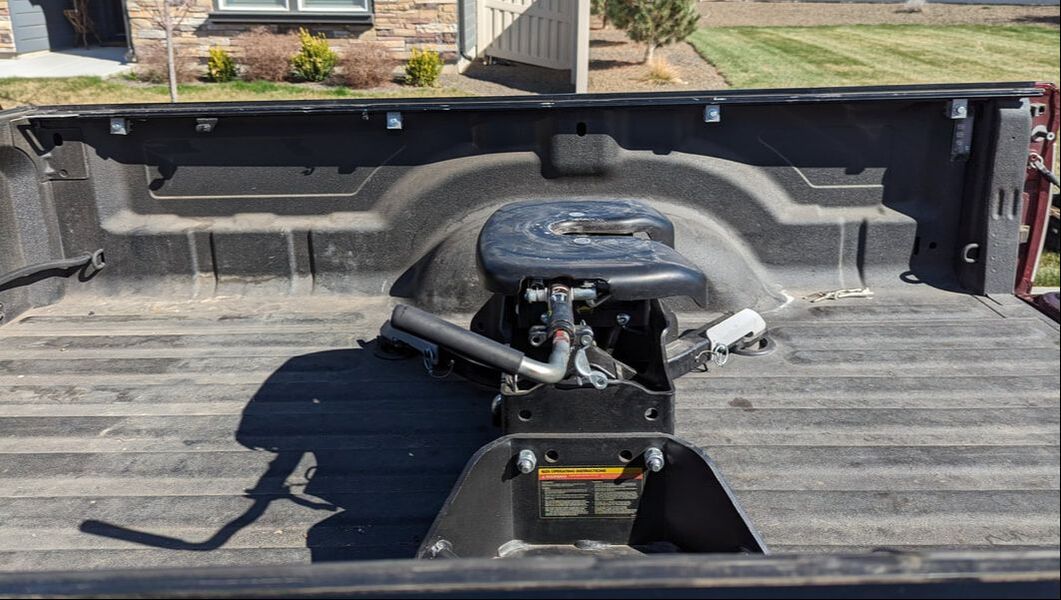
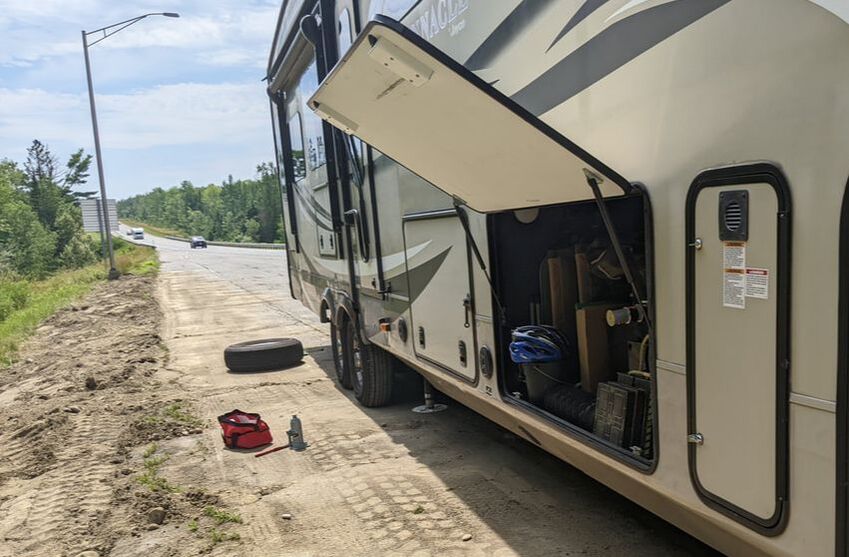
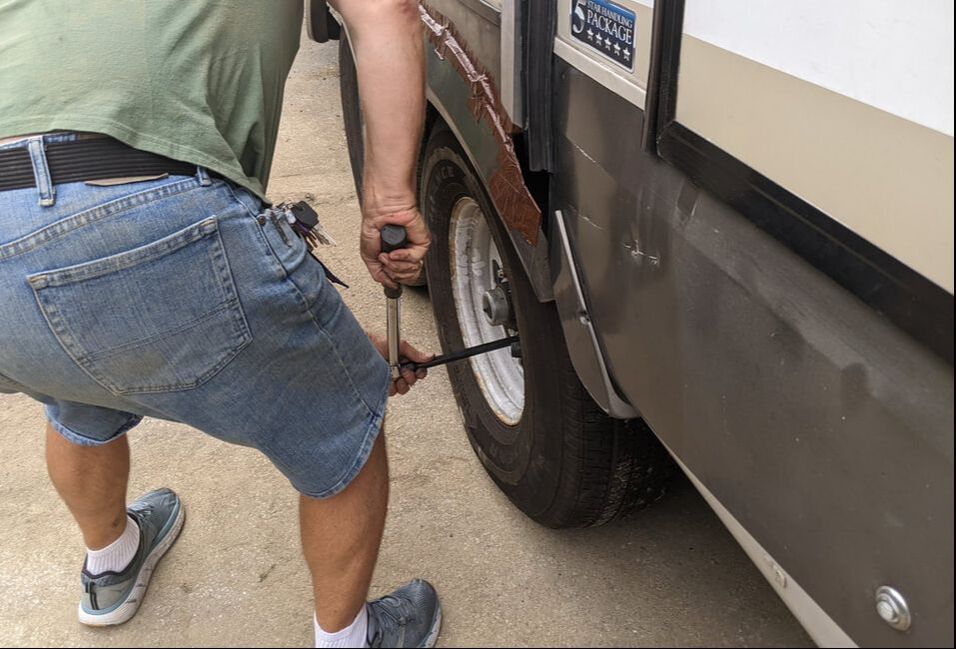
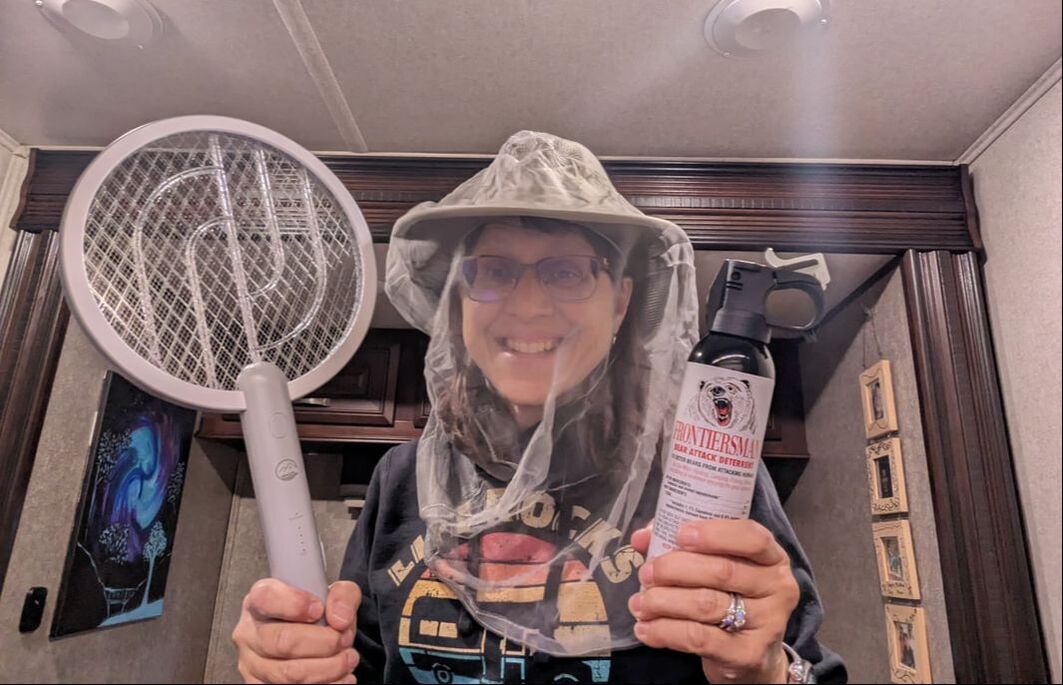
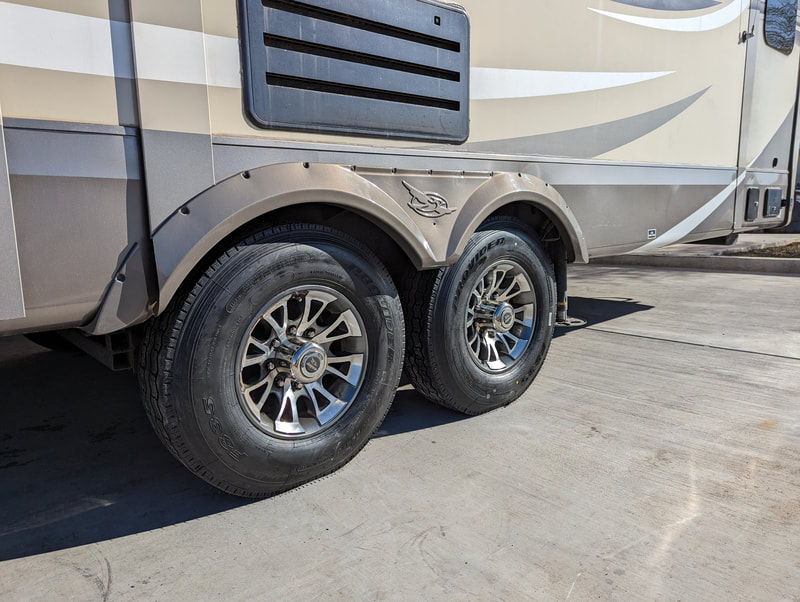
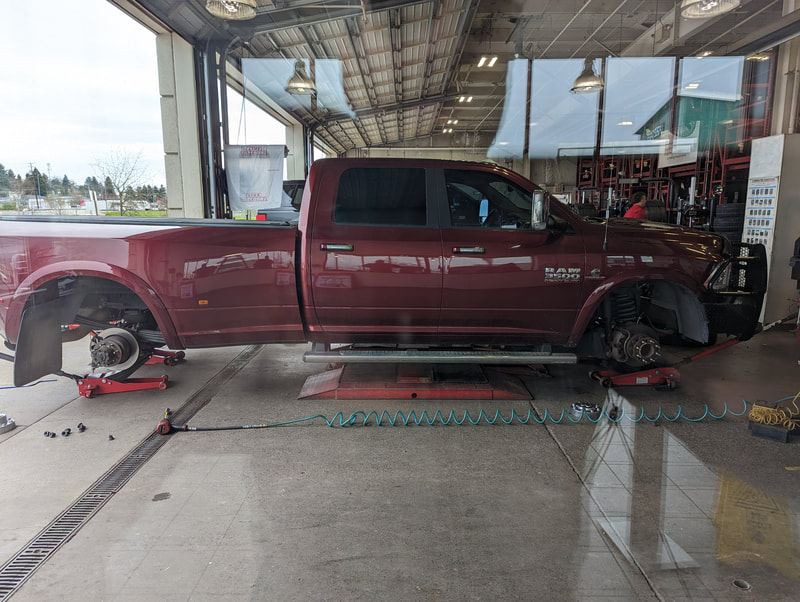
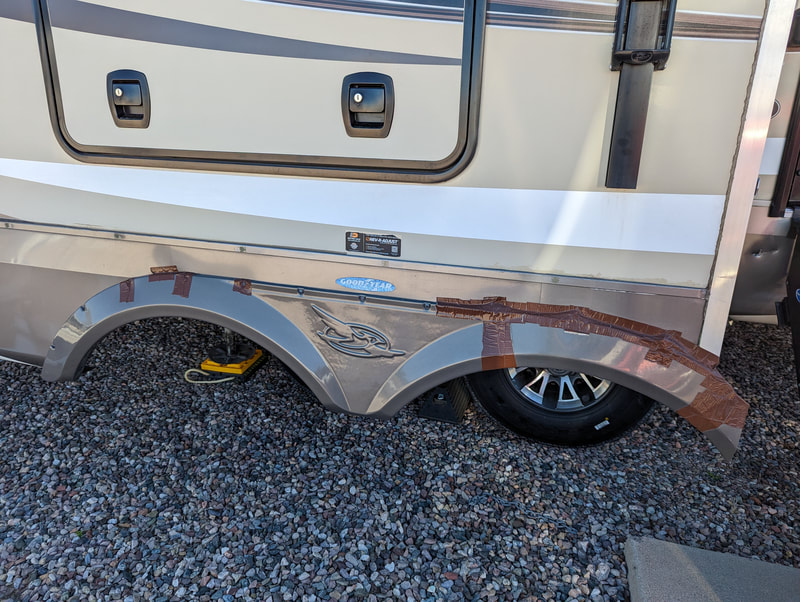
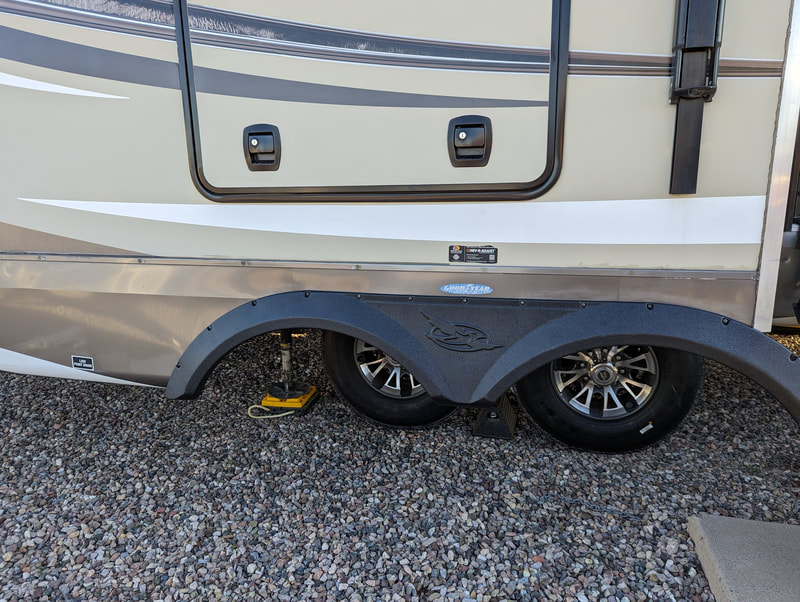
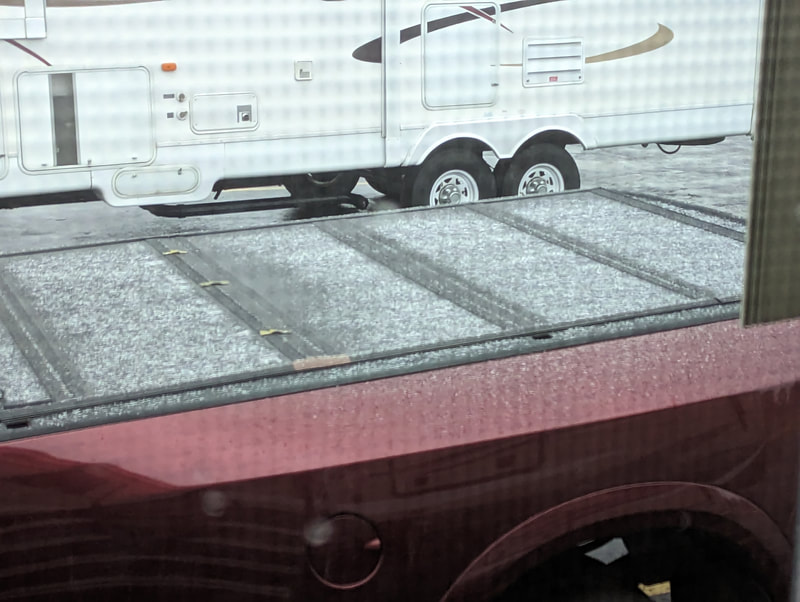
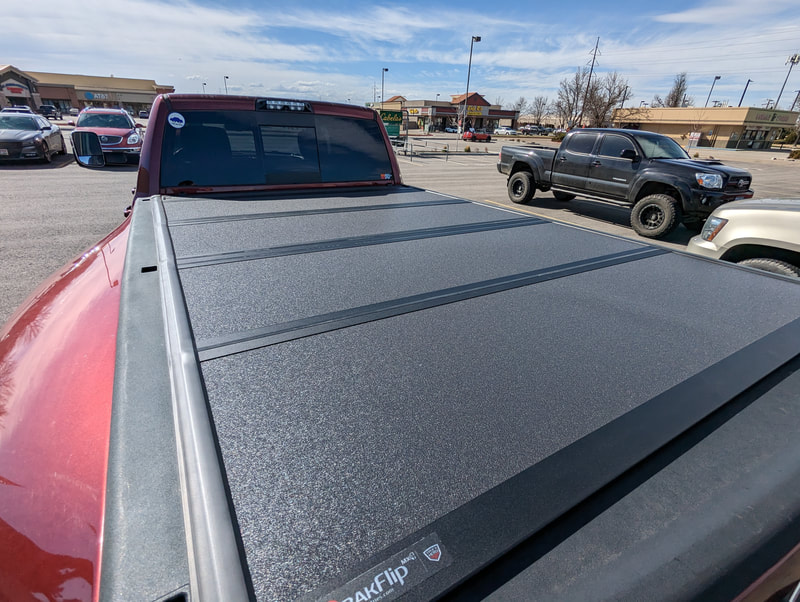
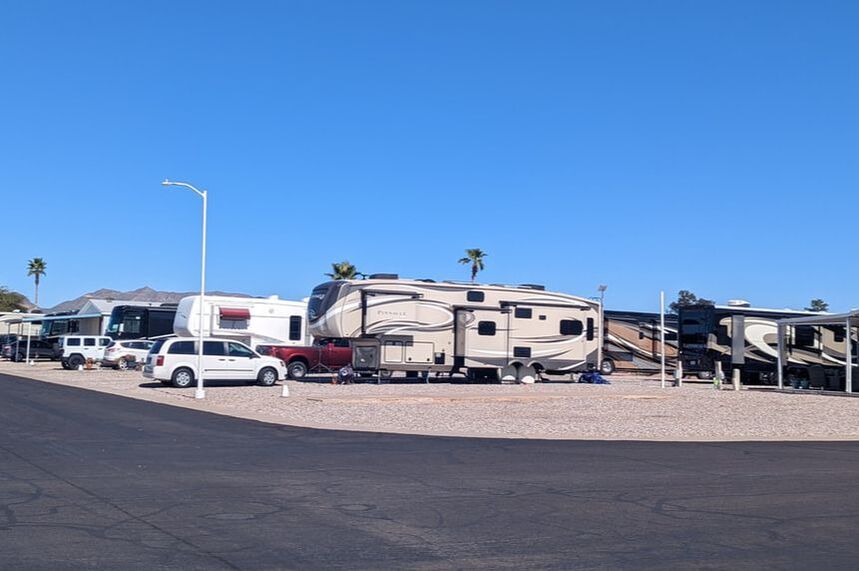
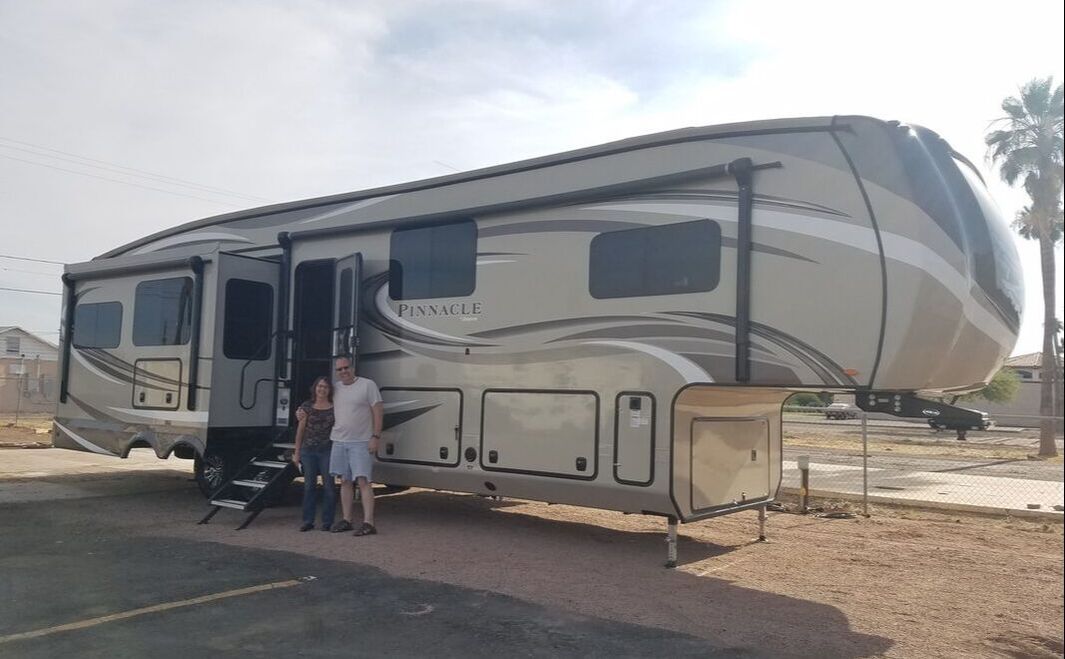
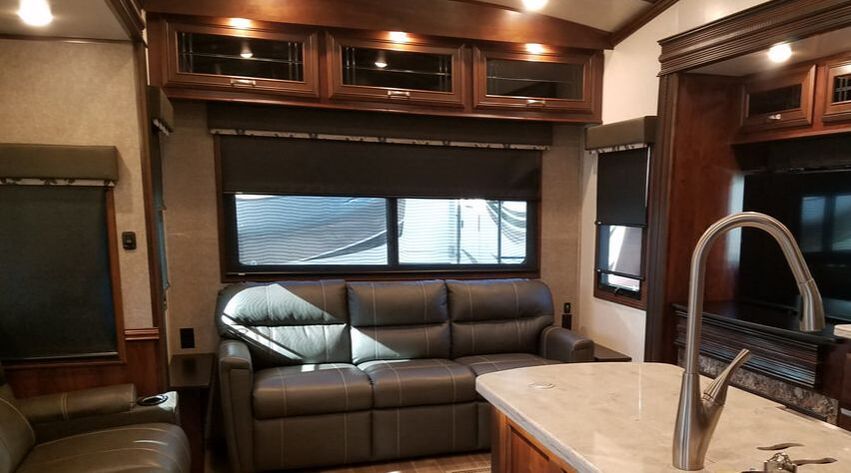
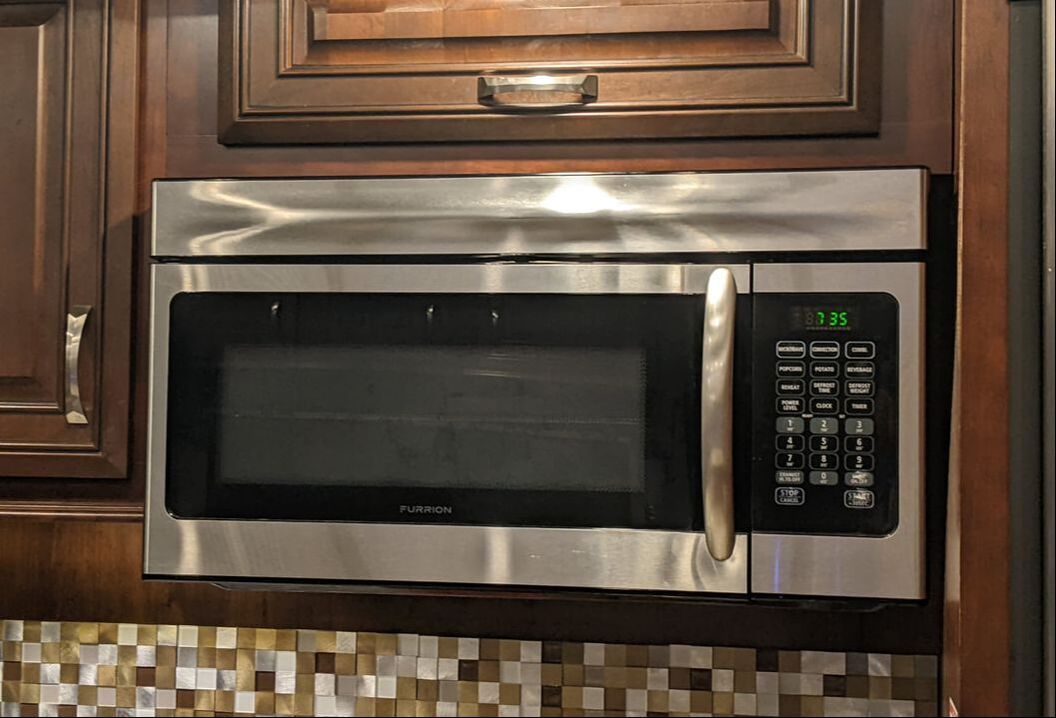
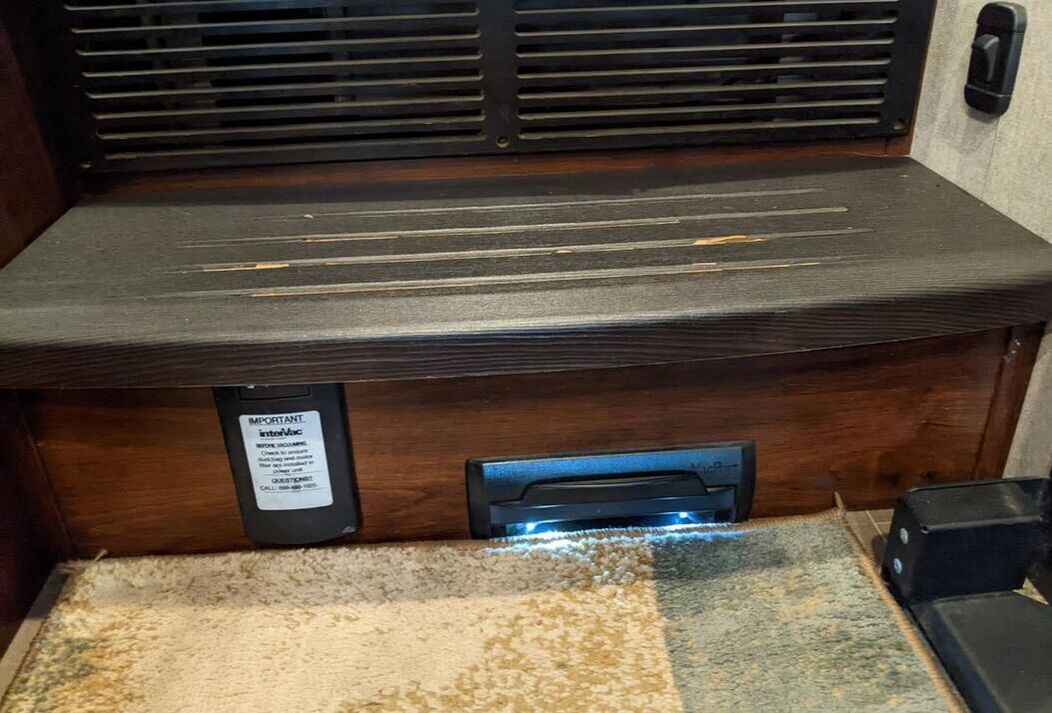
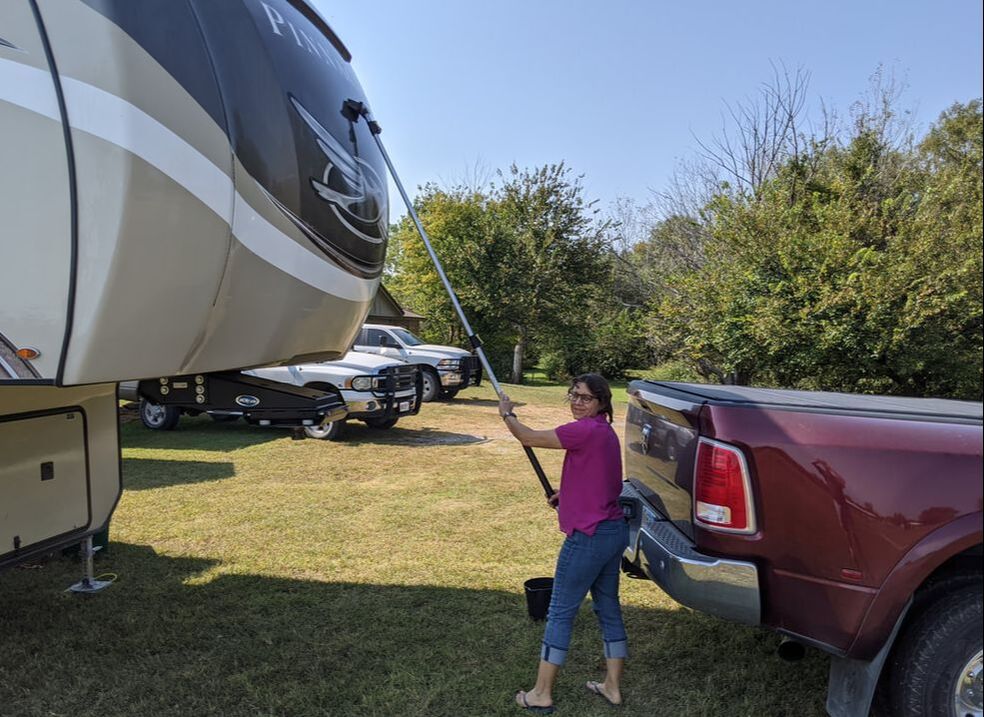
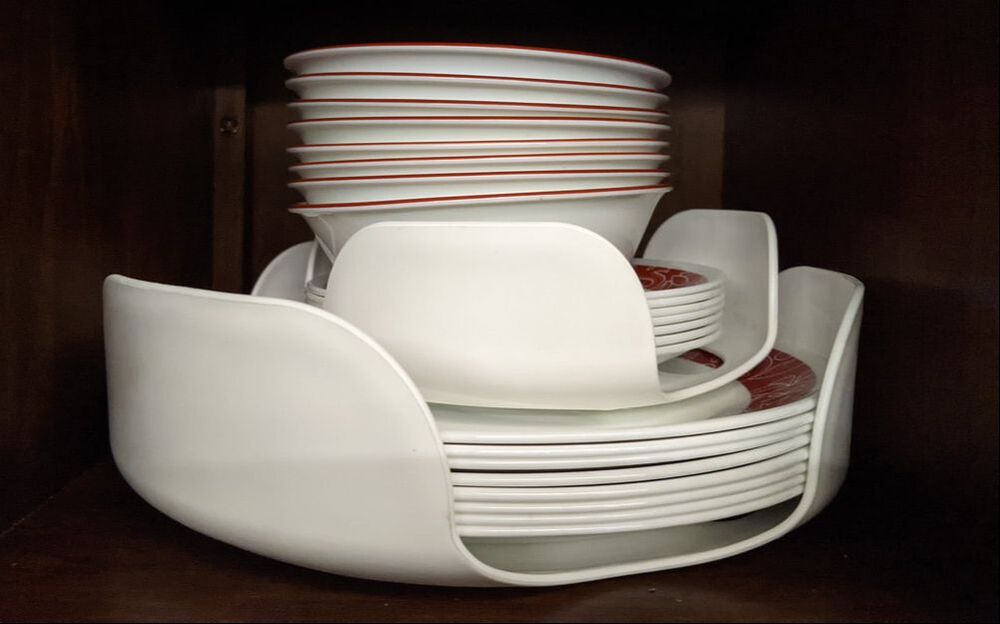
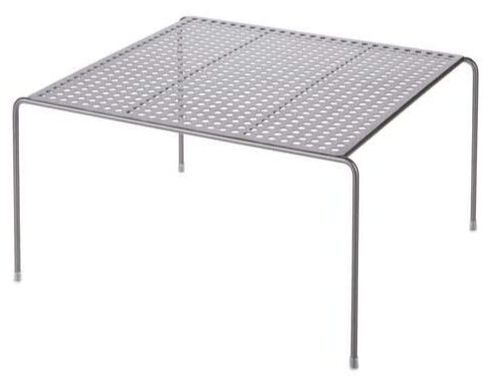
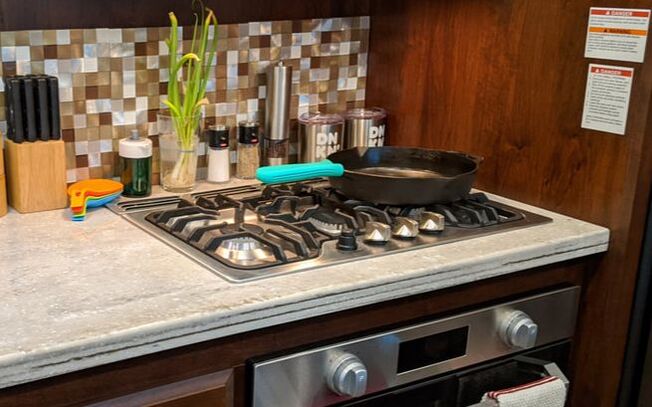
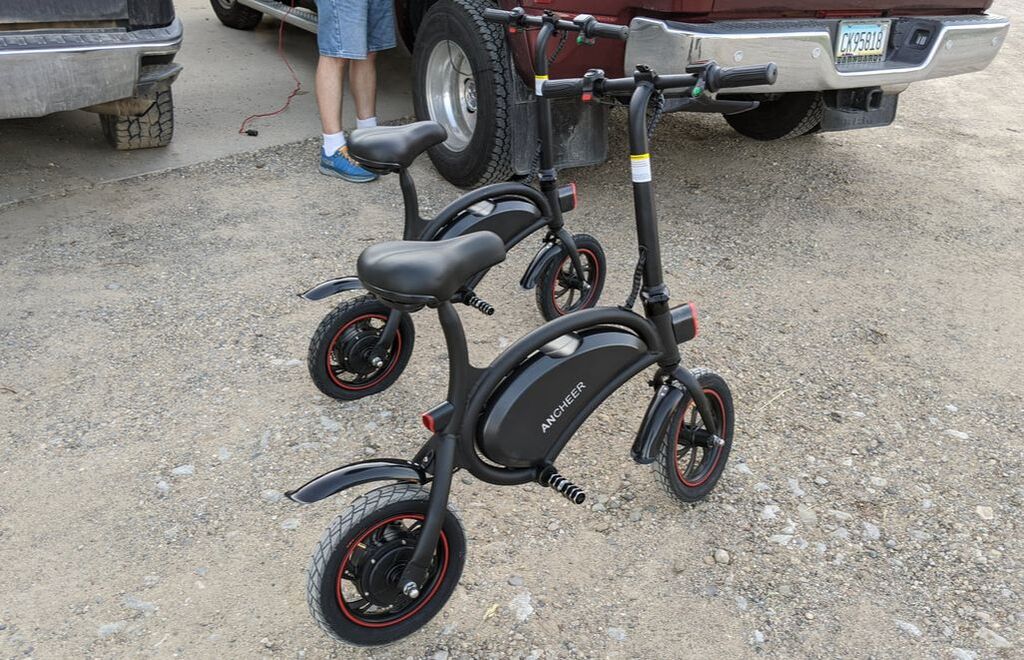
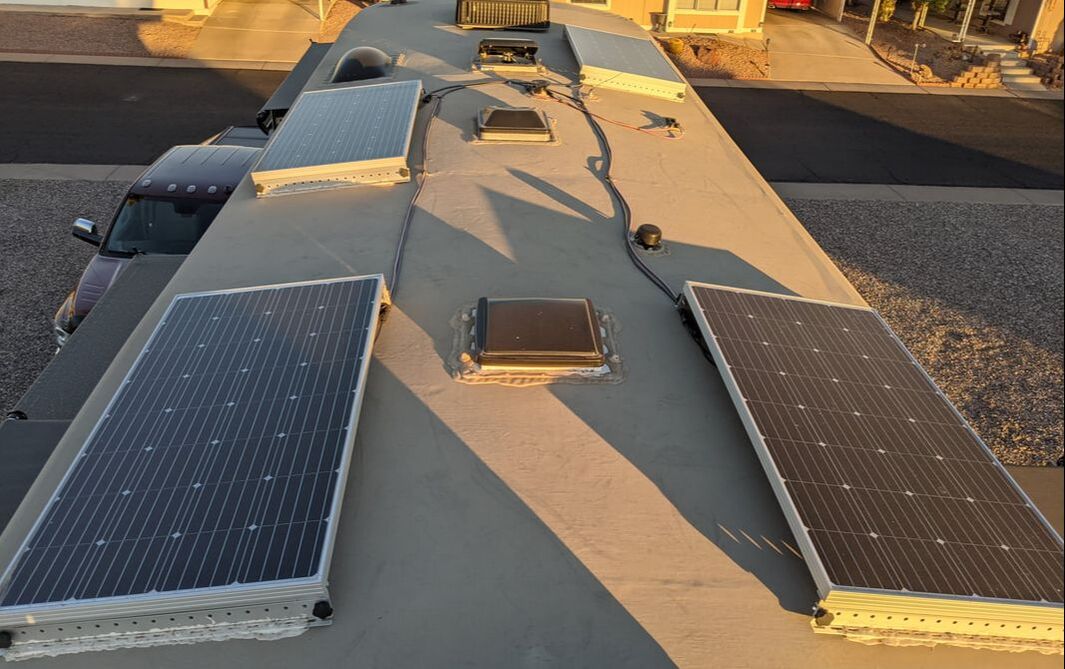
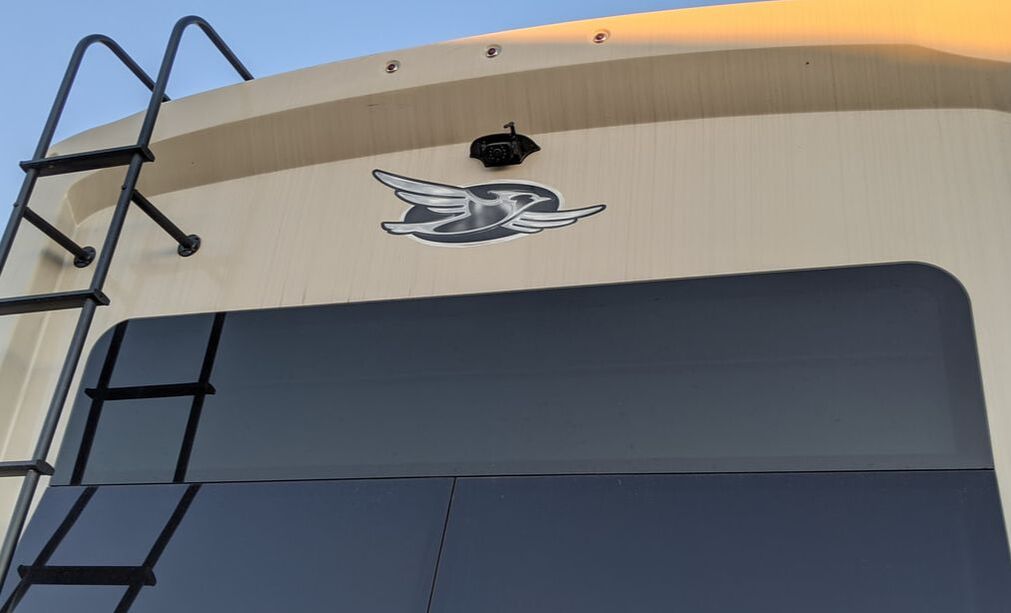
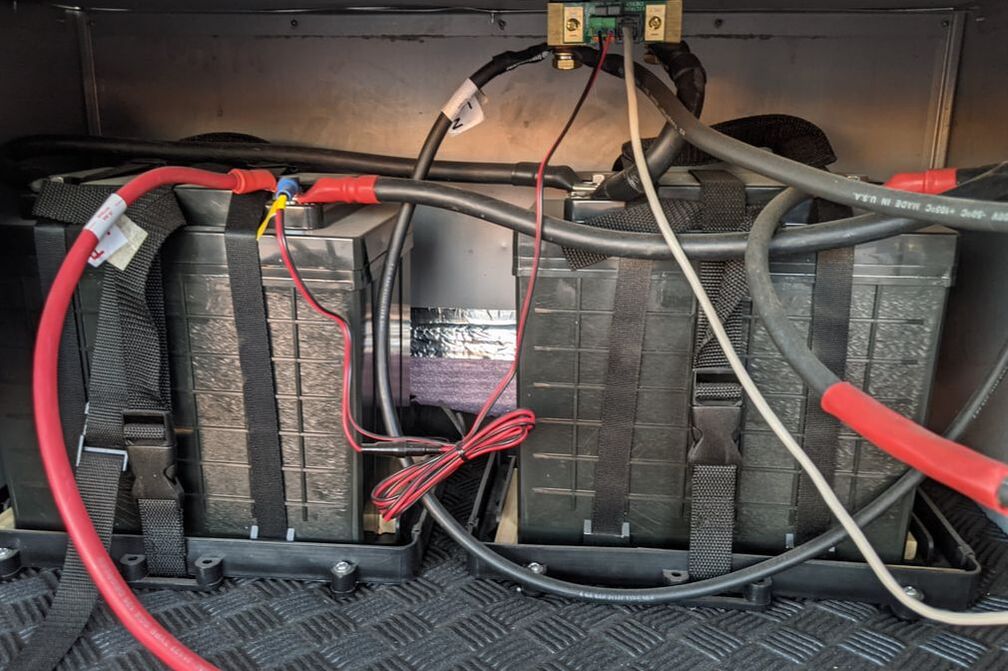
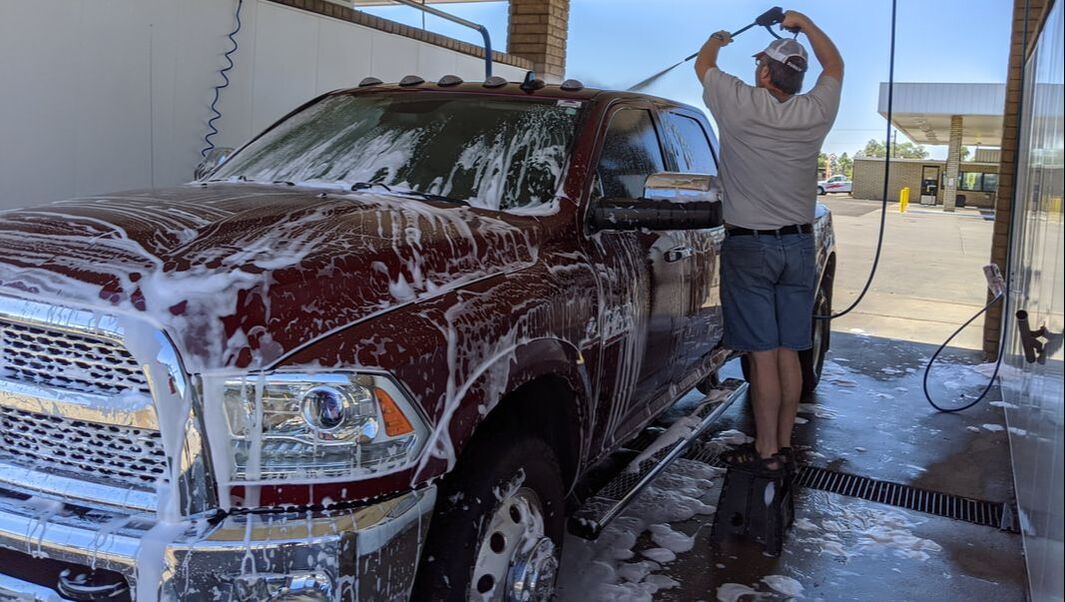
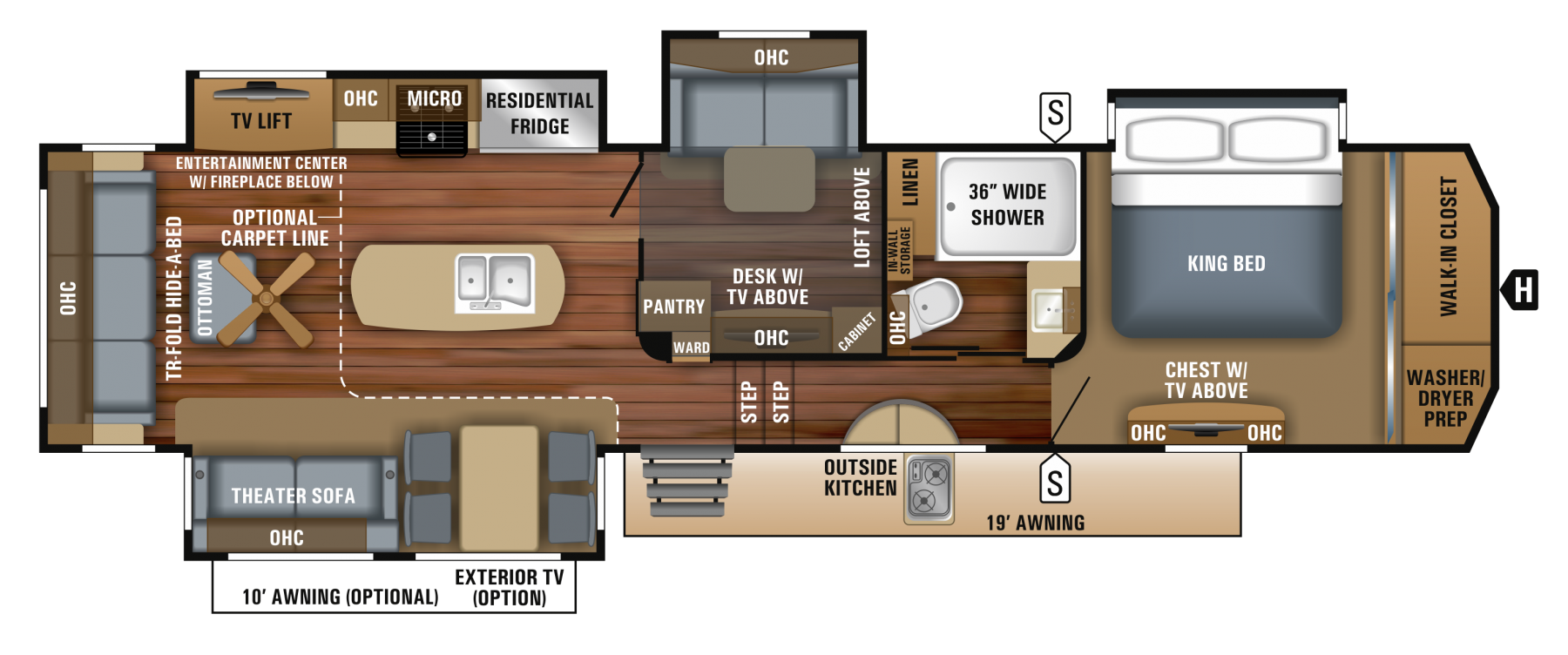
 RSS Feed
RSS Feed